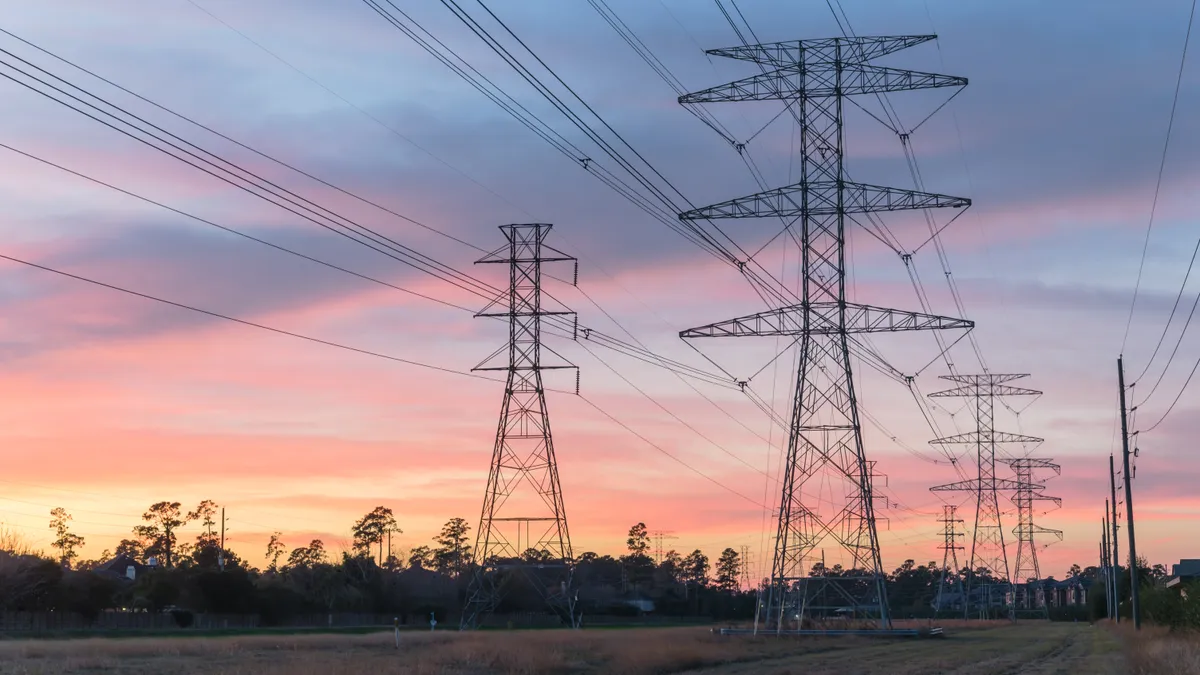An effort to make energy procurement and dispatch more efficient in the Electric Reliability Council of Texas market will go live towards the end of 2025, about six months faster than originally anticipated, grid officials said Friday.
“The implementation of Real-Time Co-optimization is the most significant market enhancement to the real-time nodal market design since its inception in 2010,” ERCOT President and CEO Pablo Vegas said in a statement. “The target go-live date represents an important milestone in ERCOT’s confidence for planning and tracking the completion of the RTC project for a more dynamic and efficient wholesale power market.”
RTC will allow the interchangeable dispatch of energy and ancillary services in ERCOT’s real-time market. Under the current market design, ERCOT said it procures ancillary services in the day-ahead market and does not typically move ancillary services between resources in the real-time market.
The grid operator said it has completed an analysis of the RTC+batteries program schedule and is now targeting a Dec. 5, 2025, launch. The project originally aimed to go live in mid-2026, to resolve reliability concerns associated with delays in procuring “infeasible or insufficient” ancillary services, according to an ERCOT report on the project. RTC will also improve the grid operator’s ability to manage changing ancillary service needs associated with the evolving resource mix in the ERCOT region.
Testing of the program is expected to begin in May 2025, ERCOT said in a market notice.
“Once implemented, these enhancements will provide operational and reliability benefits to the ERCOT system as well as estimated annual wholesale market savings in excess of one billion dollars,” ERCOT Vice President of Commercial Operations Keith Collins said. “We expect significant savings to pass down to Texas electric consumers as a result.
The RTC project launched in 2019 at the direction of the Public Utility Commission of Texas, with batteries added into the implementation plan at a later date as capacity was brought online. The commission has been working to integrate more energy storage into the market; about 9.5 GW of batteries were anticipated to be online in ERCOT this fall.
Batteries have helped to keep the state’s electric grid stable during extreme heat, and by 2035, the ERCOT system could utilize about 20 GW, according to Aurora Energy Research.
Texas regulators continue work on VPP
Texas regulators are looking to continue work on an 80-MW distributed energy resource pilot launched in 2022. The aggregated distributed energy resource pilot, or ADER, is designed to aggregate customer batteries into a dispatchable resource.
The first phase of the ADER project did not achieve the pilot’s 80-MW target, PUCT Commissioner Jimmy Glotfelty noted in an Aug. 14 memo.
“We have not met that goal and that is ok. We better understand the barriers to expansion and now is the time to address them,” he said. The commission at the Sept. 12 open meeting decided to expand the ADER task force from 20 to 31 members as part of a “refresh” of the pilot in its third year.
The ADER project was launched after Tesla expressed interest in aggregating Powerwall batteries in Texas homes.
One issue potentially holding back the ADER pilot is the fact that Tesla Powerwall owners can only participate through the Tesla retail provider, which Glotfelty said he wants to change. “Every consumer should be able to select their VPP provider regardless of their equipment,” he said in his memo.
“The task force should provide a roadmap for the commission on how we get to [80 MW] of participation and what is next beyond that,” he said. “It was my hope when we set this up, that these aggregated resources would be a permanent fixture in the ERCOT software as their Energy Management System was upgraded. Are we there yet? If not, what needs to be done?”














